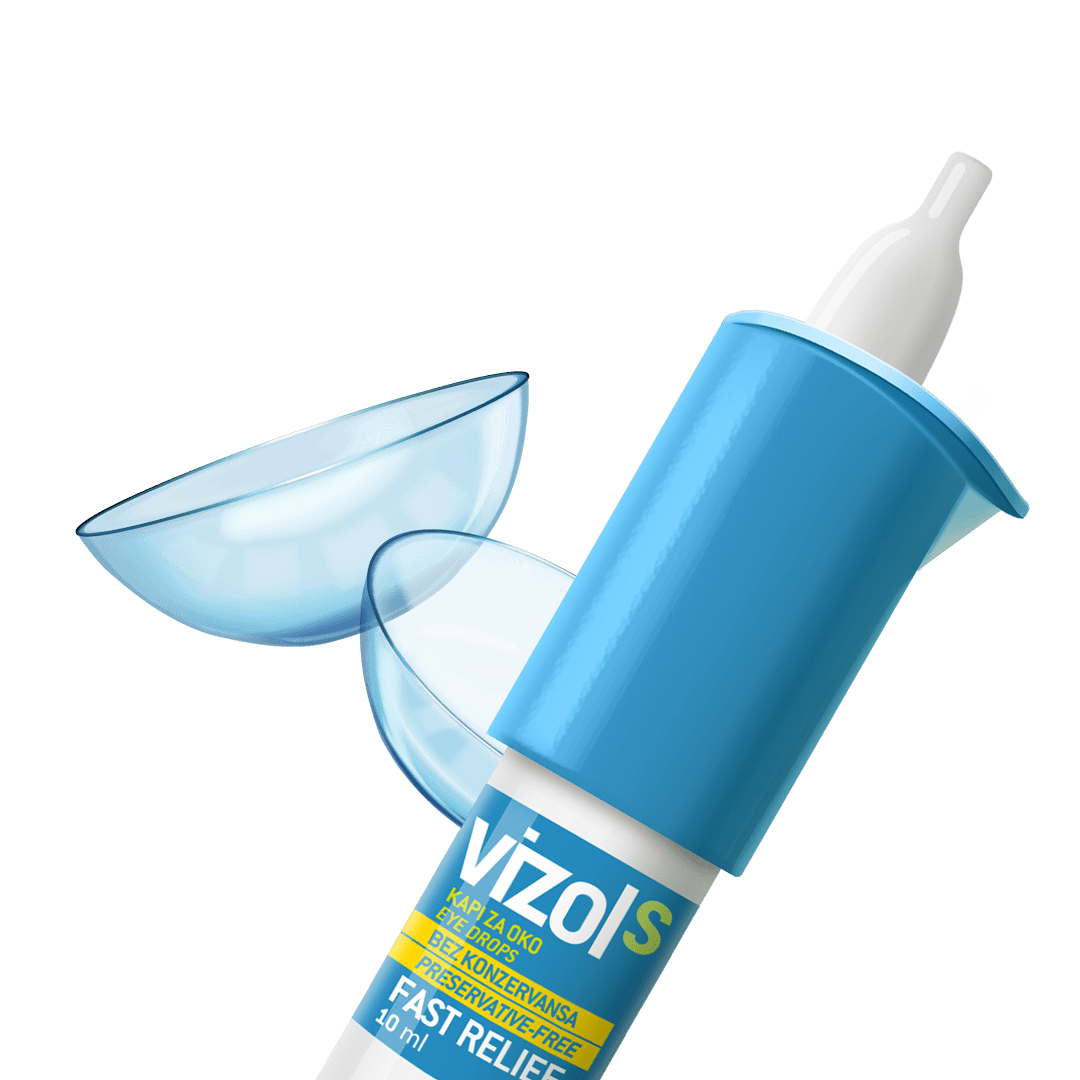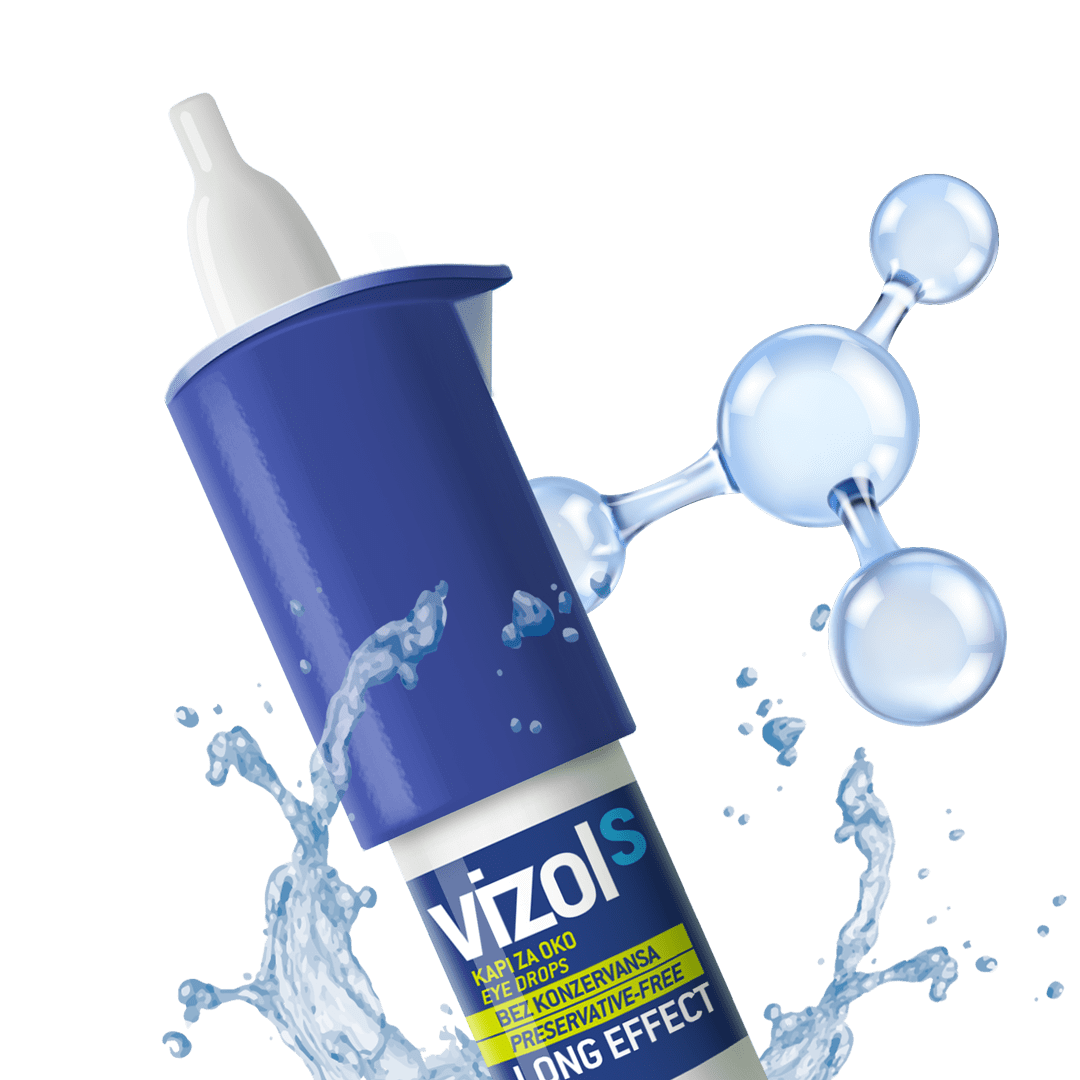Possible causes and types of eye inflammation
In addition, eye inflammation can also be caused by an allergic reaction or dry eye, and it can sometimes also indicate certain autoimmune disorders. There are different types of eye inflammation or infection and, accordingly, different approaches to treatment.
The most common types of eye infections are:
- conjunctivitis (inflammation of the conjunctiva)
- keratitis (inflammation of the cornea)
- inflammation in dry eye
- blepharitis (inflammation of the eyelids)
- uveitis.









